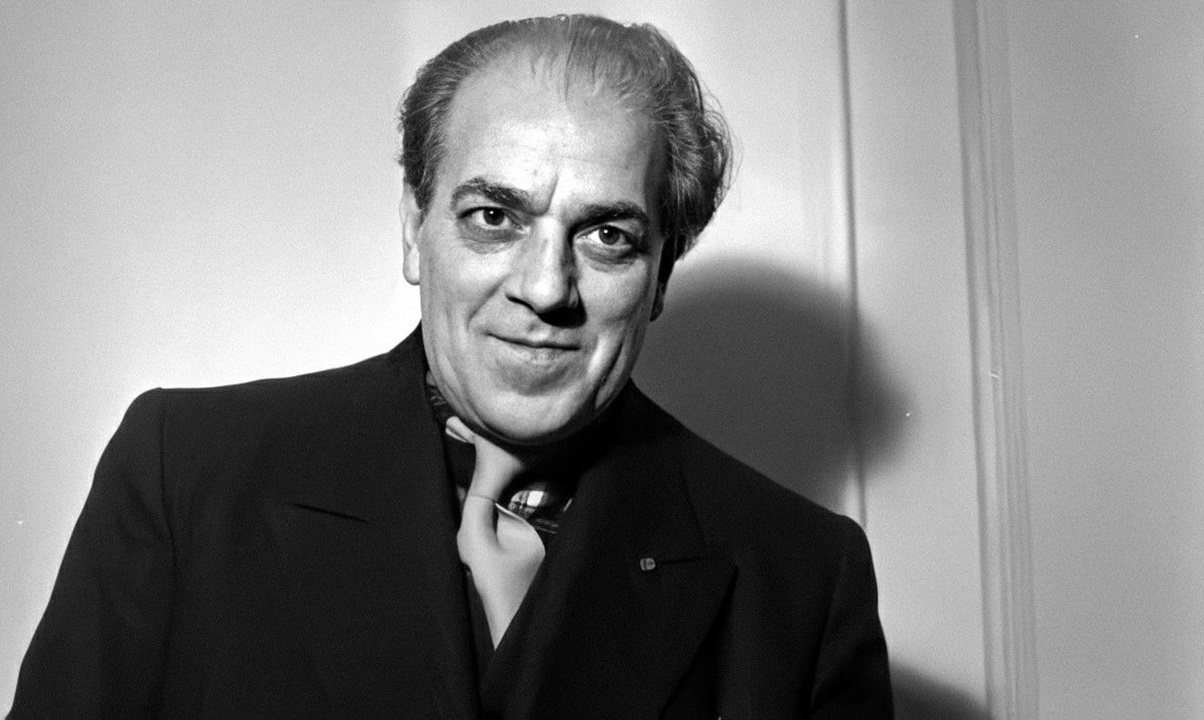Heitor Villa-Lobos, a towering figure in 20th-century classical music, is celebrated for his ability to weave the vibrant musical traditions of Brazil into the fabric of Western classical music. His extensive body of work, marked by a unique blend of folk influences and classical forms, showcases his innovative spirit and deep cultural roots. Here are ten of his most outstanding compositions:
1. Bachianas Brasileiras No. 5
One of Villa-Lobos’ most famous works, Bachianas Brasileiras No. 5 beautifully merges the Baroque style of Johann Sebastian Bach with Brazilian folk music. This composition, especially the “Aria (Cantilena)” for soprano and eight cellos, is known for its lyrical beauty and evocative melodies.
2. Choros No. 10
Part of a larger series, Choros No. 10 stands out for its grandeur and orchestral complexity. This piece incorporates a mixed choir and orchestra, exploring a fusion of indigenous Brazilian music and Western classical traditions. Its energetic rhythms and rich harmonies make it a highlight of Villa-Lobos’ oeuvre.
3. The Little Train of the Caipira (O Trenzinho do Caipira)
From Bachianas Brasileiras No. 2, “The Little Train of the Caipira” is a vivid orchestral depiction of a rural train journey through the Brazilian countryside. The music captures the spirit of the landscape, with its rhythmic momentum and colorful orchestration, making it one of Villa-Lobos’ most beloved pieces.
4. Concerto for Guitar and Small Orchestra
This concerto is a staple of the guitar repertoire, showcasing Villa-Lobos’ deep understanding of the instrument’s capabilities. The piece blends virtuosic passages with lyrical sections, highlighting the guitar’s expressive range. It remains a favorite among guitarists and audiences alike.
5. Uirapuru
An evocative symphonic poem, Uirapuru is inspired by the Amazonian legend of a magical bird. Villa-Lobos uses a large orchestra to create a lush, atmospheric soundscape, incorporating native Brazilian rhythms and melodies. The piece is noted for its innovative use of orchestration and vivid storytelling.
6. String Quartet No. 1
The first of Villa-Lobos’ 17 string quartets, this work introduces the composer’s unique approach to the genre. It blends Brazilian folk elements with classical forms, featuring dynamic rhythms and rich harmonies. The quartet is an essential piece in Villa-Lobos’ chamber music repertoire.
7. Floresta do Amazonas (Forest of the Amazon)
Originally composed as a score for a film, Floresta do Amazonas has become one of Villa-Lobos’ most popular orchestral works. The suite captures the grandeur and mystery of the Amazon rainforest, using lush orchestration and evocative melodies. It showcases the composer’s ability to paint vivid musical landscapes.
8. Rudepoema
A complex and demanding work for solo piano, Rudepoema reflects Villa-Lobos’ admiration for Brazilian pianist Arthur Rubinstein, to whom the piece is dedicated. The composition is known for its virtuosic challenges and bold, percussive style, making it a significant contribution to 20th-century piano literature.
9. Bachianas Brasileiras No. 4
Another masterpiece from the Bachianas Brasileiras series, No. 4 is notable for its intricate contrapuntal textures and Brazilian rhythms. Originally composed for piano, it was later orchestrated by Villa-Lobos. The suite captures the essence of his style, blending Baroque influences with Brazilian folk music.
10. Ciranda das Sete Notas
This work for bassoon and string orchestra showcases Villa-Lobos’ playful side, as it explores a simple seven-note theme in various imaginative ways. Ciranda das Sete Notas is a delightful piece that highlights the composer’s inventive use of orchestration and melody.
Heitor Villa-Lobos’ music remains a testament to his genius in integrating diverse musical influences into a cohesive and innovative style. His works continue to be celebrated for their originality, depth, and ability to convey the rich cultural heritage of Brazil.


Comments are closed